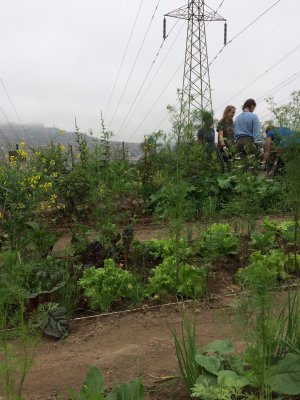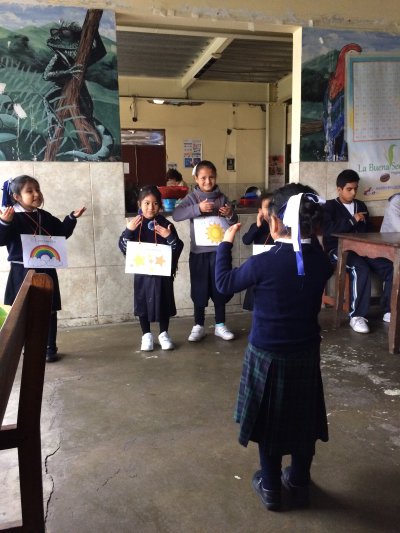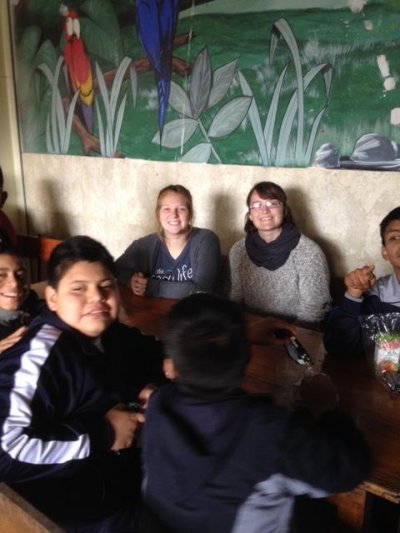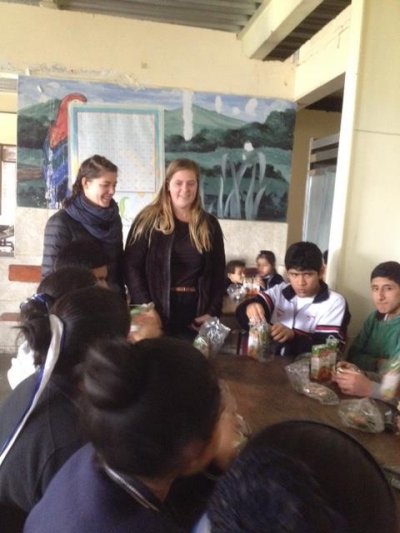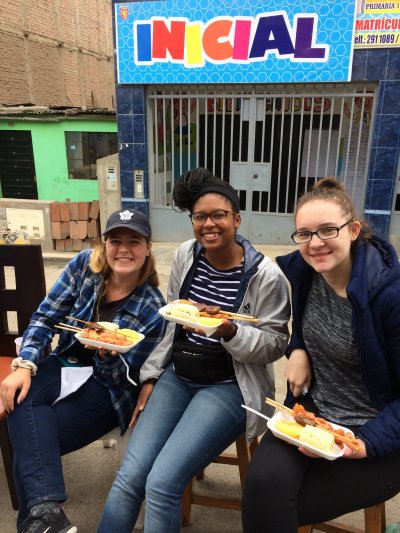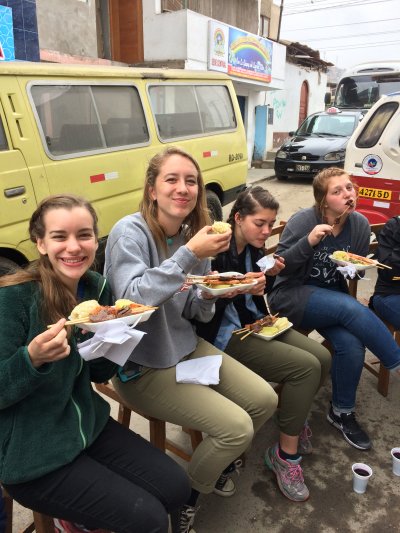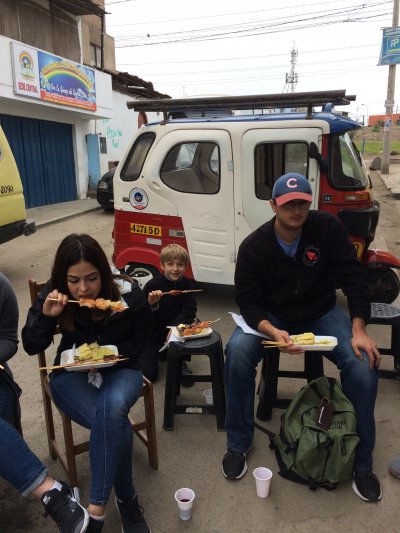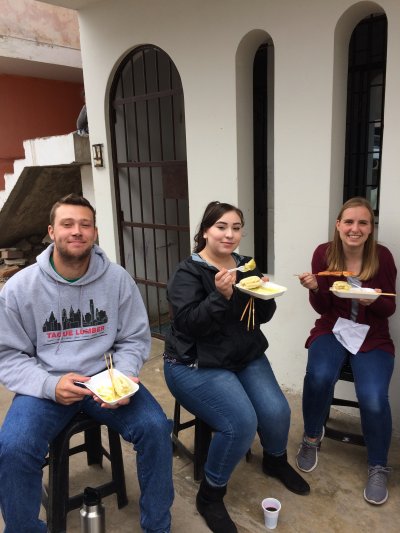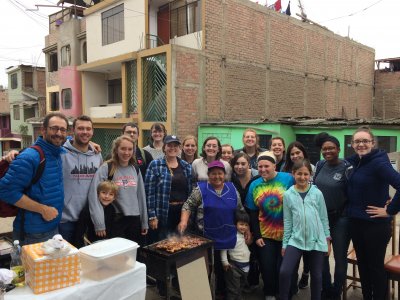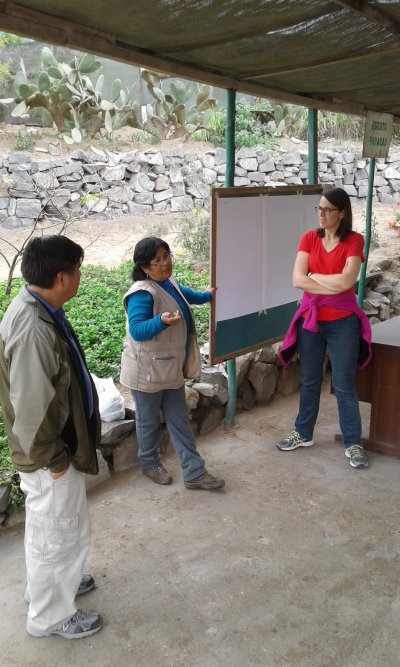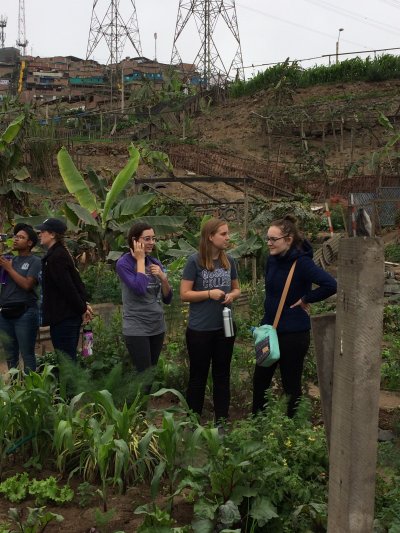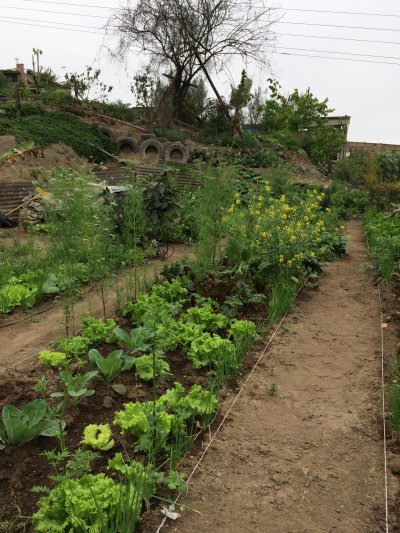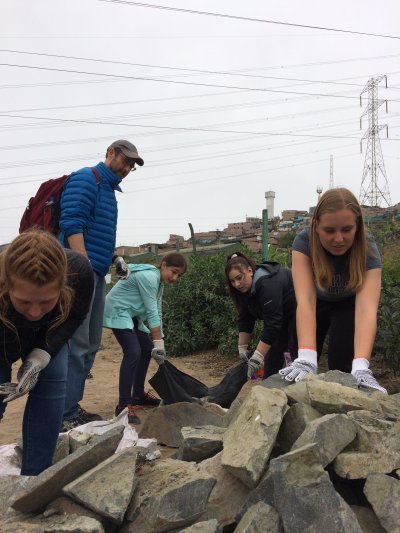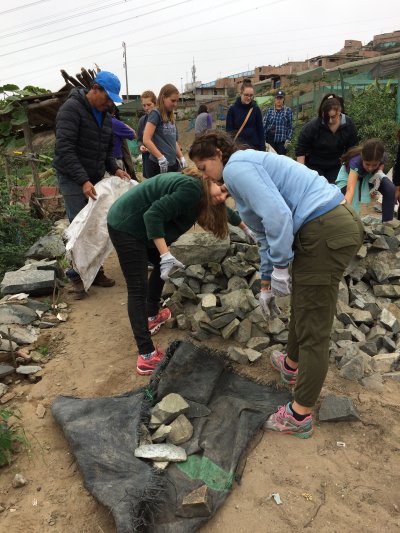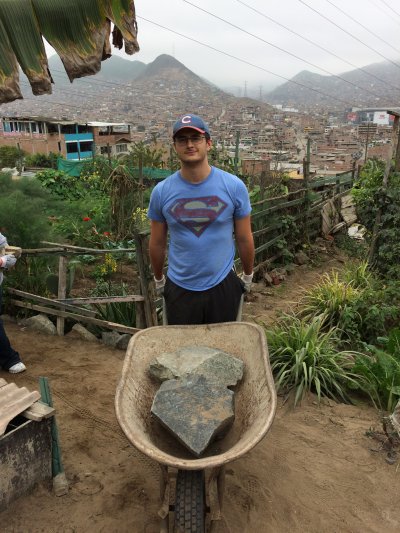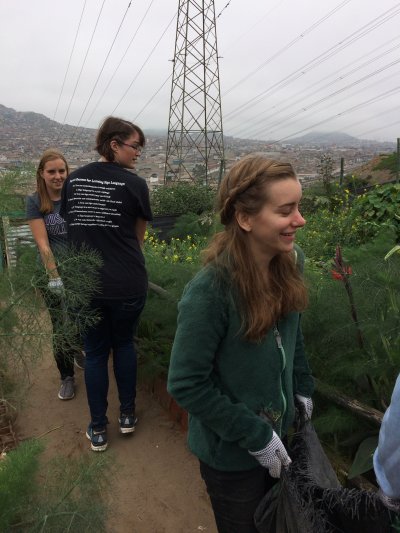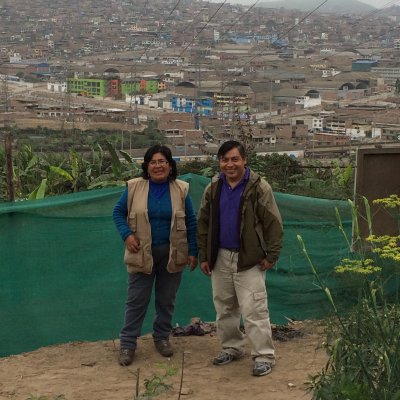Field Trip to Cono Sur
On Friday, we took a bus trip to Cono Sur, or the southern cone, which is the name for the outlying areas of southern Lima. Economic insecurity and violence over the past half-century caused intense migration from rural areas into the outskirts of Lima and the population has soared in these areas to the north, east and south of Metropolitan Lima. Though the more established areas of the conos now have water, electricity and some paved roads, the neighborhoods on the hillsides are still very poor and lack basic services.
We started the morning with a visit to Efata, a Baptist school for the deaf, which pioneered the use of sign language in Peru. Though many of the students live in Lima and commute to school each day, the school also has a dormitory for students who come from other areas of Peru. Many are sent to them by the state because they have been neglected or abandoned, and these students live at the school permanently and receive their education. After touring the school grounds, we had a chance to share a snack and to fellowship with the Efata students. Our PSL students had a great opportunity to put their new PSL skills to use!
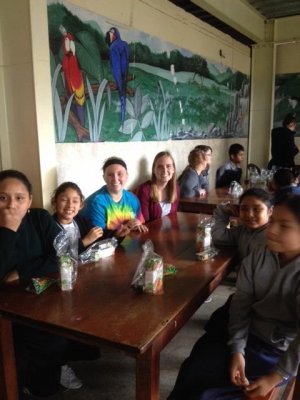
After our visit, we went to Villa Maria del Triunfo, another region in the Cono Sur, to visit our program assistant Alicia’s home. She set up her grill in the street outside her home and treated us to anticuchos, a popular Peruvian street food consisting of grilled skewers of beef heart and chicken.
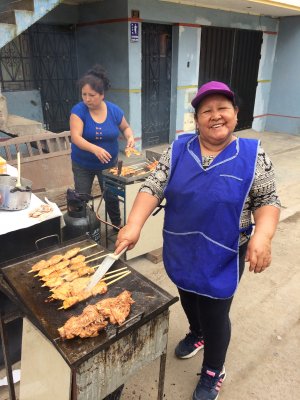
In the afternoon, we visited a nearby community agriculture project. This initiative began over 30 years ago, when people in the community partnered with the power company to convert unused spaces under the powerlines into organic vegetable gardens. Today over 1,500 people benefit from these community gardens. We spoke with Señora Gregoria, who is the director of this particular garden. She talked about their planting process, how they keep pests out of the garden naturally, and how the workers are trained and organized. Through the work of Sra. Gregoria and many others, what was once a trash dump of sandy soil has now become a source of income and nutritious food for the community, as well as a lovely swath of green on the hillside. The students’ job for the afternoon was to haul rocks from one part of the garden to the other, and they did their job well. These rocks will be used to build additional terraces for growing vegetables.
